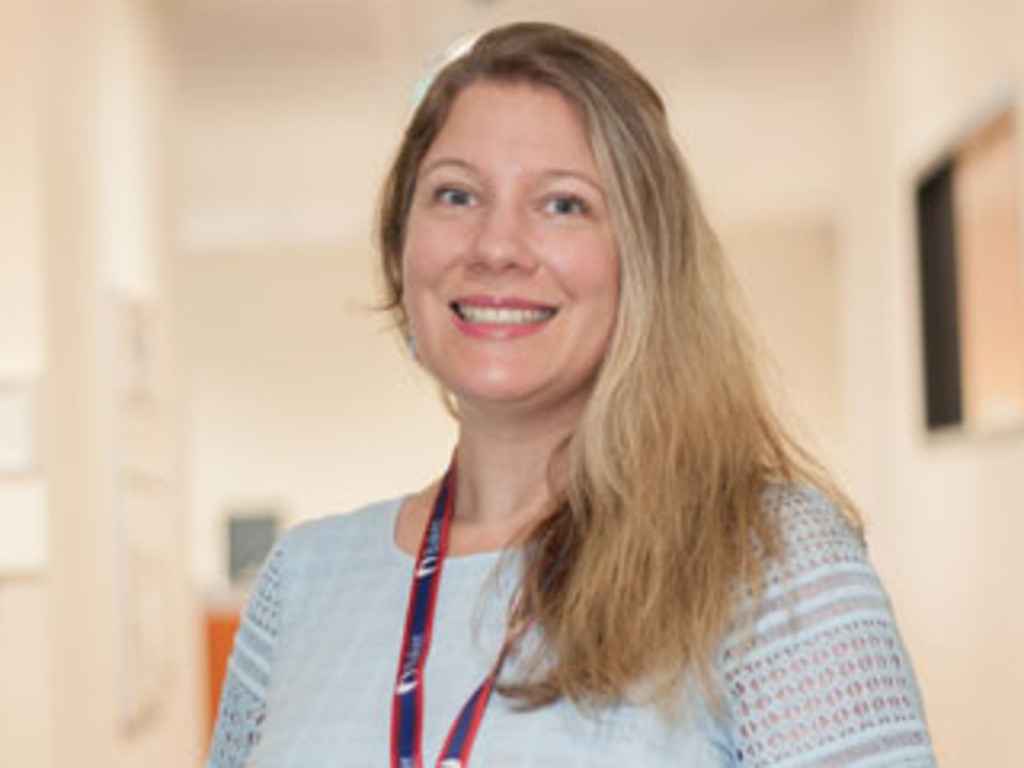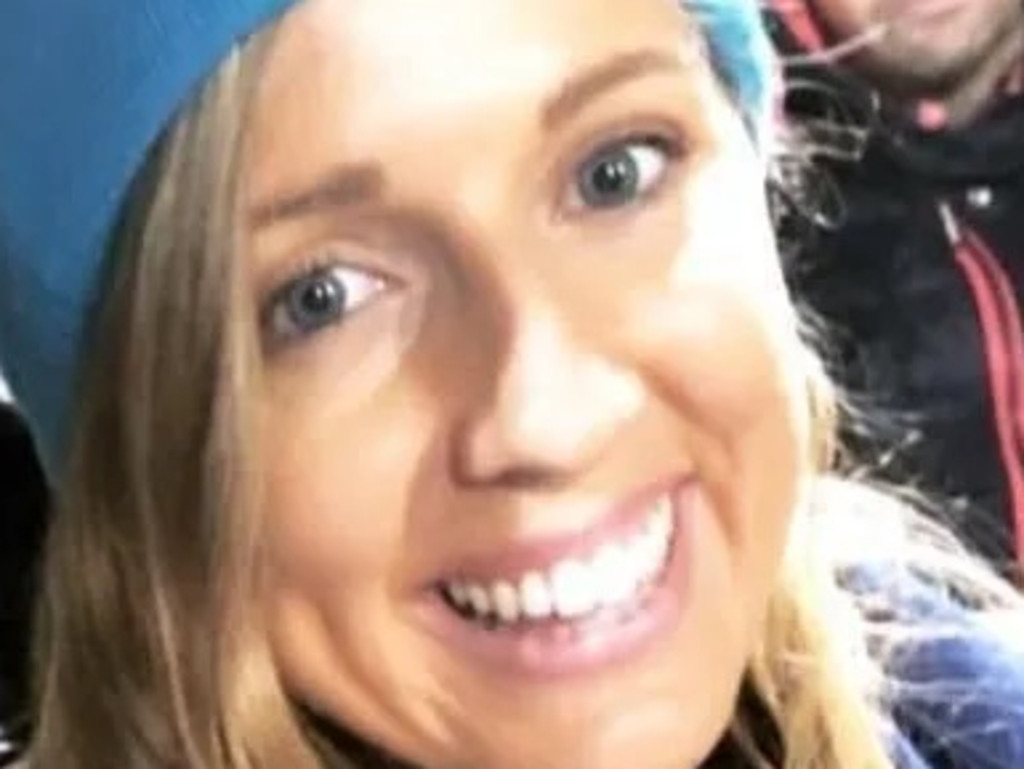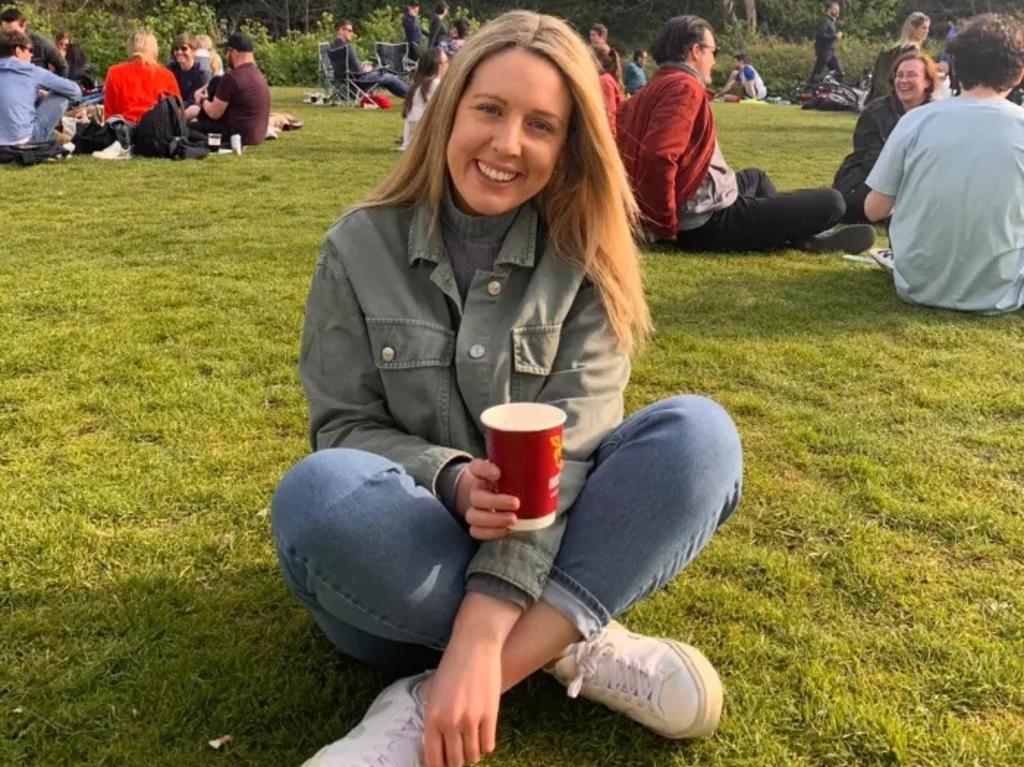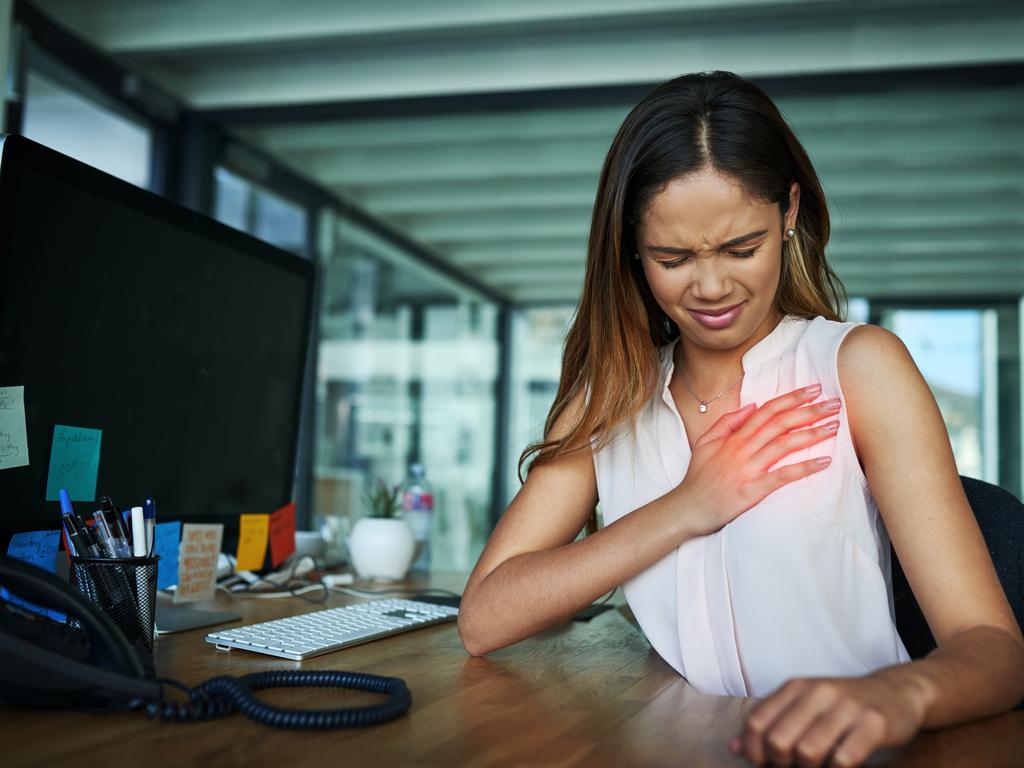What is SADS? Healthy young people dying from Sudden Adult Death Syndrome
The heartbroken mother of a fit and healthy 31-year-old who died suddenly in her sleep has issued an urgent plea to young people.
Young people with a particular family history are being urged to get their hearts screened even if they are fit and healthy, as they could be at risk of Sudden Adult Death Syndrome.
Sudden Adult Death Syndrome, or Sudden Arrhythmic Death Syndrome (SADS), is an “umbrella term to describe unexpected deaths in young people”, usually under 40, when a post-mortem can find no obvious cause of death, according to the Royal Australian College of General Practitioners (RACGP).
While national figures are not available, Melbourne’s Baker Heart and Diabetes Institute is developing the country’s first SADS registry, which it hopes to eventually roll out across the country.
“In our registry, there are approximately 750 cases per year of people aged under 50 in Victoria suddenly having their heart stop (a cardiac arrest),” a spokeswoman said. “Of these, approximately 100 young people per year will have no cause found even after extensive investigations such as a full autopsy (the SADS phenomenon).”

Cardiologist and researcher Dr Elizabeth Paratz said Baker’s registry was the first in Australia and one of only a few in the world that combined ambulance, hospital and forensics information.
“(It allows you to see) people have had the cardiac arrest and no cause was found on the back end,” she said.
Dr Paratz said the lack of awareness around the issue was likely because “a lot of it takes place outside of traditional medical settings”.
“The majority of these SADS events, 90 per cent, occur outside the hospital – the person doesn’t make it – so it’s actually ambulance staff and forensics caring for the bulk of these patients,” she said.
“I think even doctors underestimate it. We only see the 10 per cent who survive and make it to hospital. We only see the tip of the iceberg ourselves.”
For family and friends of victims, SADS is a “very hard entity to grasp” because it’s a “diagnosis of nothing”.
“All you know is it wasn’t drugs, suicide, trauma or heart attack,” Dr Paratz said. “You’re still left wondering what it was.”

She stressed that the terms “heart attack” and “cardiac arrest” were often mixed up.
Heart attack refers to a blockage of the heart vessel, whereas cardiac arrest means the heart has stopped.
“If someone has a heart attack and you do an autopsy you might see a big clot, that’s a positive finding, but when someone’s had one of these SADS events, the heart is pristine,” she said. “It’s really hard to know what to do.”
Last month, the heartbroken mother of a young Irish advertising executive who died in her sleep urged parents to get their children screened for SADS if there was a family history of cardiac illness.
Catherine Keane, 31, was found dead by her flatmates last year.
“She was living with two friends in Rathmines in Dublin and they were all working from home so no one really paid attention when she didn’t come down for breakfast,” Margherita Cummins told the Irish Mirror.
“They sent her a text at 11.20am and when she didn’t reply, they checked her room and found she had passed. Her friend heard a noise in her room at 3.56am and believes now that is when she died.”

Ms Cummins said her daughter “went to the gym and walked 10,000 steps every day”.
“She used to ring me while out for a walk and just chat away for the duration,” she said.
“I take some comfort in that she went in her sleep and knew no pain and I’m grateful for that. I always worried about the kids driving in the car but never saw this coming. I never thought I’d ever lose a child in my life.”
In February, another mother opened up about the death of her teenage son from SADS in 2021.
Liam Doherty, 19, from Cranford, Ireland, died last April, leaving his family heartbroken.
“Nothing could have prepared us for what happened on that day of April 2 or what potentially lay ahead us,” his mother Adele Doherty wrote on a fundraising page for the Mater Hospital Foundation.
“This became our journey into a lot of uncharted waters, learning the depths of SADS, trying to understand and process it all.”

In another tragic case, a new bride was found dead by her mother-in-law in a UK tanning salon last month.
New Zealander Piata Tauwhare, 30, is believed to have collapsed shortly after starting an 11-minute tanning session at Lextan in South Wales.
She was suspected to have suffered SADS, collapsing to the ground in the upstanding tanning booth where she allegedly lay undiscovered for nearly two hours.
“Piata was the most wonderful, beautiful person in the world. She lit up my life and made me a better person,” her husband Ifan Jones, 23, told The Sun.
“We had so many plans and so many things we wanted to do with our lives. Our hearts are broken without her and she died in the most appalling and tragic way. The fact that she lay undiscovered for nearly two hours breaks my heart.”
The US-based SADS Foundation says they are “genetic heart conditions that can cause sudden death in young, apparently healthy, people”.
The most common SADS conditions include genetic arrhythmia syndromes such as long QT syndrome, catecholaminergic polymorphic ventricular tachycardia (CPVT) and Brugada syndrome, according to the RACGP.

“SADS conditions occur because the electrical system of the heart is not working properly, so that the heart beats with an abnormal rhythm,” the SADS Foundation says. “These conditions can be treated and deaths can be prevented.”
In the US, approximately 210,000 people die suddenly and unexpectedly each year due to sudden cardiac arrest, according to the American Heart Association.
The SADS Foundation says over half of the 4000 SADS deaths each year of children, teens or young adults have one of the top two warning signs. Those are, a family history of a SADS diagnosis or sudden unexplained death of a family member, and fainting or seizure during exercise, or when excited or startled.
Dr Paratz said from a public health perspective, combating SADS was “not as easy as everyone in Australia getting genetically screened” as scientists were still not 100 per cent clear on “what genes cause this”.
“The best advice would be, if you yourself have had a first-degree relative – a parent, sibling, child – who’s had an unexplained death, it’s extremely recommended you see a cardiologist,” she said.
“Anyone else, (see a cardiologist) if you have cardiac symptoms like chest pain, shortness of breath, or you can’t keep up with friends exercising or walking.”
Cardiology researchers have previously suggested that the complex effects of pandemic lockdowns would probably lead to more deaths from heart disease – a phenomenon dubbed “post-pandemic stress disorder” by psychologists in the UK.

Post-pandemic stress disorder is not an officially recognised mental health condition.
Coronary heart disease is Australia’s biggest killer, accounting for 17,731 deaths in 2019, according to the Australian Bureau of Statistics.
Health experts have recently urged more Australians to get their hearts checked, following a spate of high-profile deaths including cricket icon Shane Warne and Labor Senator Kimberley Kitching.
Meanwhile, health charity Hearts4Heart is urging Aussies to “be smart about their hearts” ahead of Heart Failure Awareness week from June 27 to July 3.
“Despite the name, heart failure doesn’t mean the heart has stopped or failed, it means the heart is ‘failing’ to keep up with the body’s demands,” the group says.
“Heart failure affects 500,000 Australians and claims around 61,000 lives every year – that’s approximately one person dying of heart failure every three hours, eight deaths each day.”






